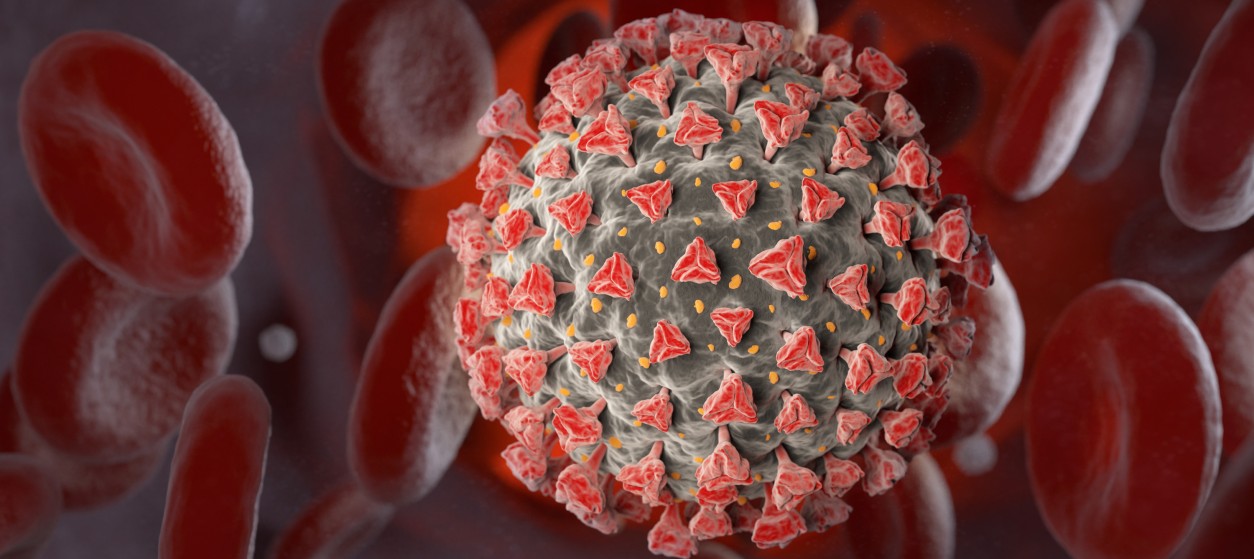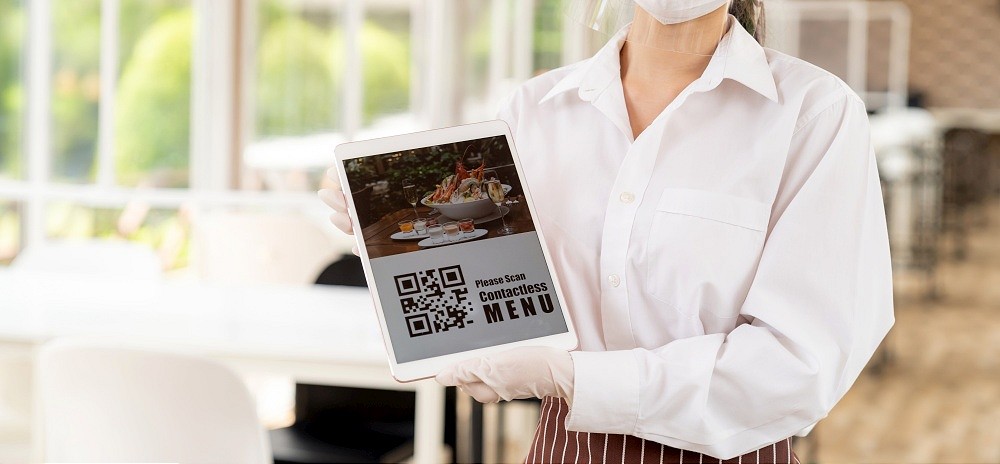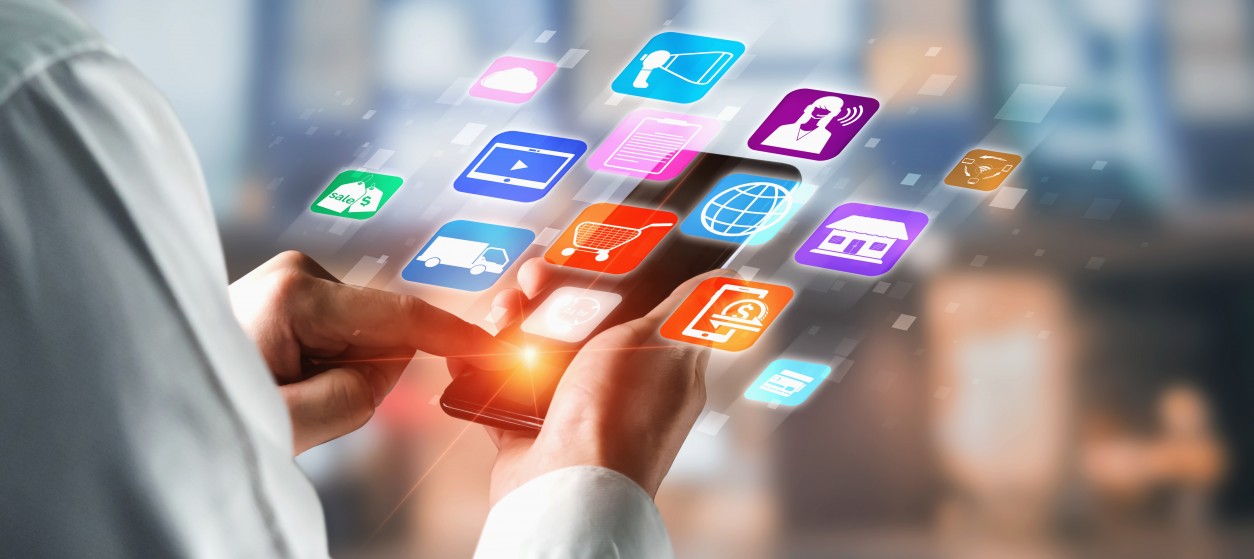During the past two months, the outbreak of the COVID19 has disrupted business operations for most enterprises worldwide. It has also changed priorities and the focus of products and services for various businesses. The digital sector is playing an important role in realizing this shift to business priorities. For example, vendors of teleworking software have facilitated the licensing and use of their products, in order to respond to the rising demand for virtual meetings and teleconferences. Likewise, telecommunications operators have reengineered their networks to allow them to cope with the explosion in network traffic. In this context, many ICT enterprises have released new products and services that help businesses, citizens and healthcare organizations deal with the CODI19 pandemic and its implications. These products range from tools for tracking the spreading of the virus to enterprise applications that help businesses restart and sustain their business operations.
Tracking and Visualizing the Spreading of COVID19
The most popular COV19 tools are the ones used to track the spreading of the virus at regional, national and global levels. To this end, these tools access and process freely available datasets. As a prominent example, John Hopkins University provides open datasets with detailed information about the spreading of the virus in different countries, including information about confirmed cases, recovered cases, and COVID19 related deaths. The dataset is available on Github, as part of the most popular COVID19 project worldwide. There are many applications that access and process this COVID19 dataset, as a means of tracking the spreading and evolution of the disease. Most of these applications apply statistical functions on the source data and visualize the outcomes of the processing in dashboards like maps, line charts, box and whisker charts and more. The most interesting applications provide live updates and interactivity as well. Their users are provided with the option of obtaining custom visualizations for specific geographical territories and time periods.
The open source nature of existing datasets and the availability of APIs for accessing them has given rise to the development of various tracking, spreading and visualization applications. Some of them are customized for specific countries and territories, while others visualize COVID19’s impact on certain age groups.
Response Management Applications
Response management applications help organizations respond to the pandemic through a proper reengineering of their processes. As a first step, they collect data about COVID19 spreading inside and outside of an enterprise. Accordingly, these data are processed to enable educated decisions about the company’s relations with its employees, partners and collaborators. Their main goal is to ensure that employees and partners remain healthy and safe, without a need for a complete lockdown of the business. Some of the most common features of these applications include:
- Tracking the health status, location and travel history of employees, with a special focus on employees that were infected by COVID-19.
- Presenting comprehensive information about the COVID19 incidents that are related to the company, including visualization of information about the locations and the departments where the various incidents belong.
- Facilitating data-driven decisions regarding health-related decisions and policies such as decisions for organizing teleworking activities, purchasing of masks, as well as for planning meetings with customers and collaborators.
- Reporting of the employees’ work status and COVID-19 exposures, while providing them with up to date information and news from trusted sources.
- Community support functionalities such as helping COVID19 infected employees with everyday tasks (e.g., shopping, help with children), while they are in the hospital or quarantined at home.
Symptoms Trackers and Patient-Reported Outcomes
Some other applications enable individuals to report COVID19 related symptoms in order to help healthcare organizations to obtain information about the disease. These applications are provided in the form of web forms and mobile apps. They enable citizens to repeatedly report their symptoms in the form of patient-reported outcomes. The forms facilitate their users to select among the most common COVID19 symptoms such as fever, breathing, and respiratory problems, couch and more. Other features and functionalities include:
- Tracking and data processing tools to evaluate the symptoms of the population.
- Provision of information, support and feedback to citizens with minor symptoms or negative diagnosis. This feedback aims at boosting their engagement and incentivizing them to report their health status continually.
- Monitoring potentially infected citizens towards keeping them away from hospitals unless their situation becomes critical.
- Management of information from Healthcare and Civil Protection Authorities, such as alerts and informational messages.
Healthcare Resource Management Applications
There are also applications aimed at supporting healthcare organizations in assessing their operational status and managing their resources. For example, such applications process data about the spreading of the disease in a hospital’s territory towards estimating how many patients will need hospitalization, along with the number of ICU (Intensive Care Units) and mechanical ventilation devices that will be required. In this direction, the applications employ predictive analysis and machine learning algorithms. Relevant predictions can be produced at various spatial scales, including regional and national levels.
Businesses Support Applications
The pandemic has turned many businesses in the use of automation tools. The latter enables them to operate based on reduced personnel for the period of the outbreak. This is, for example, the case with many companies in the travel and hospitality industry, which are under extreme economic pressure and must therefore operate on reduced personnel. Such companies take advantage of AI systems like chatbots to alleviate the load of their call centers in periods where many customers ask for information about how their services are affected by COVID19. Beyond chatbots and automation applications, companies are making extensive use of conferencing software and collaboration suites.
The above-listed applications are some of the most characteristic examples of how technology helps enterprises cope with the daunting challenges of the pandemic. COVID19 has triggered a wave of technological innovations that are destined to mitigate the effects of the pandemic on businesses and healthcare organizations. However, most of these applications are associated with certain constraints that limit their benefits for the community. For instance, many elderly users i.e. the most vulnerable group of COVID19, are not smartphone users and hence cannot provide patient-reported outcomes via mobile apps. As another example, ÇOVID19 symptoms databases are still in their infancy, which limits the possibility of developing effective applications for managing healthcare resources. Finally, major apps marketplaces (e.g., Google Play) have reported malicious efforts to provide applications that abuse end-users’ personal data. Overall, technology is a helping hand for enterprises in the era of the COVID19 pandemic, yet companies must also watch out for its pitfalls and limitations.










